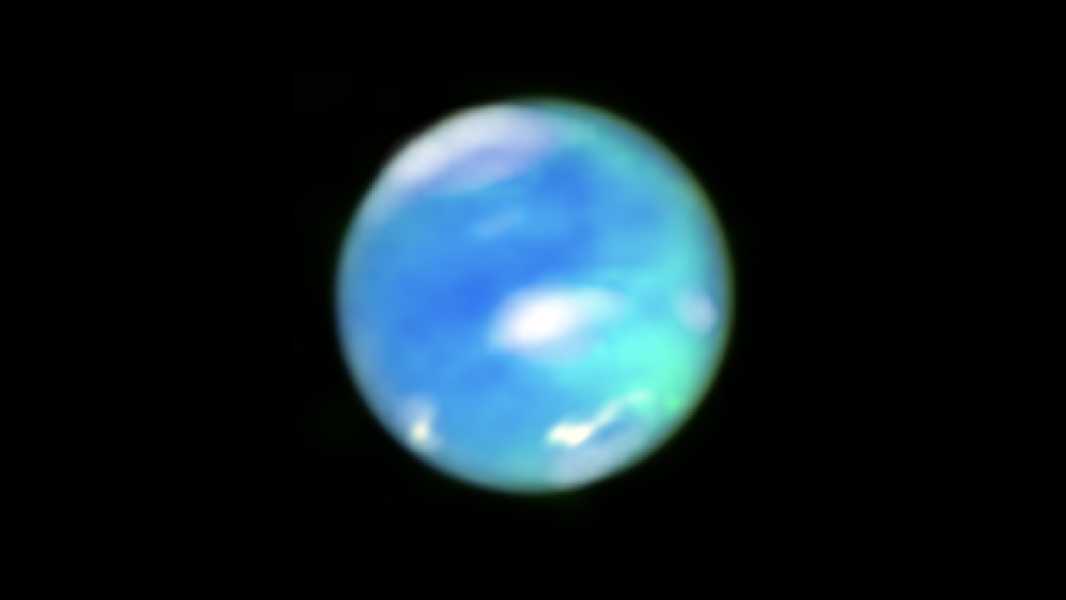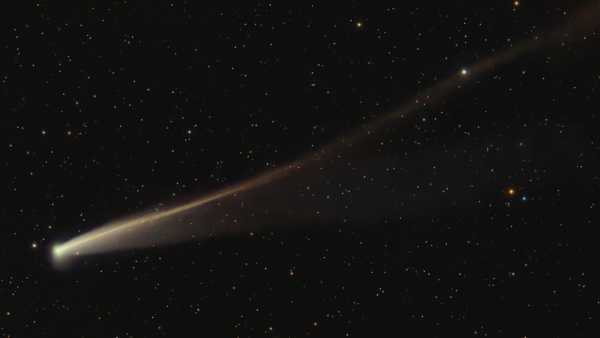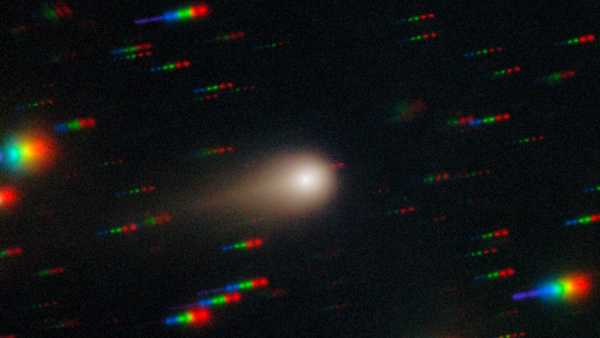
NASA's James Webb Space Telescope has revealed infrared auroras on Neptune for the first time. This color-enhanced image shows the auroras in blue. (Image credit: NASA, ESA, CSA, STScI, Heidi Hammel (AURA), Henrik Melin (Northumbria University), Lee Fletcher (University of Leicester), Stephanie Milam (NASA-GSFC))
Images from the new James Webb Space Telescope (JWST) have captured the first ever auroras on Neptune.
The telescope detected infrared auroras created by exotic molecules known as trihydrogen cations, according to a study published March 26 in the journal Nature. Scientists have long detected auroras on Jupiter, Saturn, and Uranus, but Neptune's auroras have remained elusive until now.
Auroras occur when high-energy charged particles from the sun interact with the planet's magnetic field. This field directs the particles toward the magnetic poles, where they collide with atmospheric molecules and ionize them, causing the glow.
Unlike Earth's auroras, which occur at extreme northern and southern latitudes near our planet's poles, Neptune's auroras occur in the mid-latitude region. This is because Neptune's magnetic field is tilted 47 degrees relative to its axis of rotation, so the magnetic poles are located between the geographic poles and the equator — roughly where South America would be on Earth.
In addition, the auroras on Neptune cannot be seen with the naked eye.
“It turned out that the polar activity on Neptune was only detectable because of Webb’s sensitivity to near-infrared light,” said Henrik Melin, a planetary scientist at Northumbria University in the UK. “It was amazing – not only to see the auroras, but the clarity and detail of the signature really struck me.”
Voyager's End of Mission
In June 2023, researchers used JWST’s near-infrared spectrograph to search for the cation trihydrogen (H3+), a signature of polar activity in gas giants with hydrogen atmospheres. NASA’s Voyager 2 probe flew past Neptune in 1989 but lacked the necessary equipment to detect the cation. Since then, scientists at ground-based observatories like the W. M. Keck telescope in Hawaii and NASA’s Infrared Telescope Facility have searched unsuccessfully for the molecule in Neptune’s atmosphere, despite predictions that it would be present.
This time, JWST detected H3+, but the researchers also noticed unexpected changes in Neptune’s atmosphere. “I was amazed — Neptune’s upper atmosphere has cooled by several hundred degrees [since the Voyager flyby],” Melin said in a statement. “In fact, the temperature in 2023 was just over half of what it was in 1989.”
These cold temperatures may explain why scientists have yet to detect H3+ on Neptune. Auroras become much less pronounced at low temperatures, and light reflected from Neptune's clouds may have dimmed them, the researchers note.
“As we look to the future and future missions to Uranus and Neptune, we now understand how important it is to have instruments tuned to infrared wavelengths to continue to study the auroras,” study co-author Lee Fletcher, a planetary scientist at the University of Leicester in the UK, said in a statement. “This observatory has finally opened a window into this previously hidden ionosphere of the giant planets.”
TOPICS James Webb Space Telescope
Sourse: www.livescience.com





